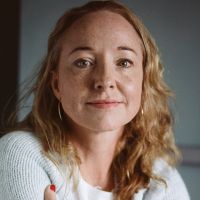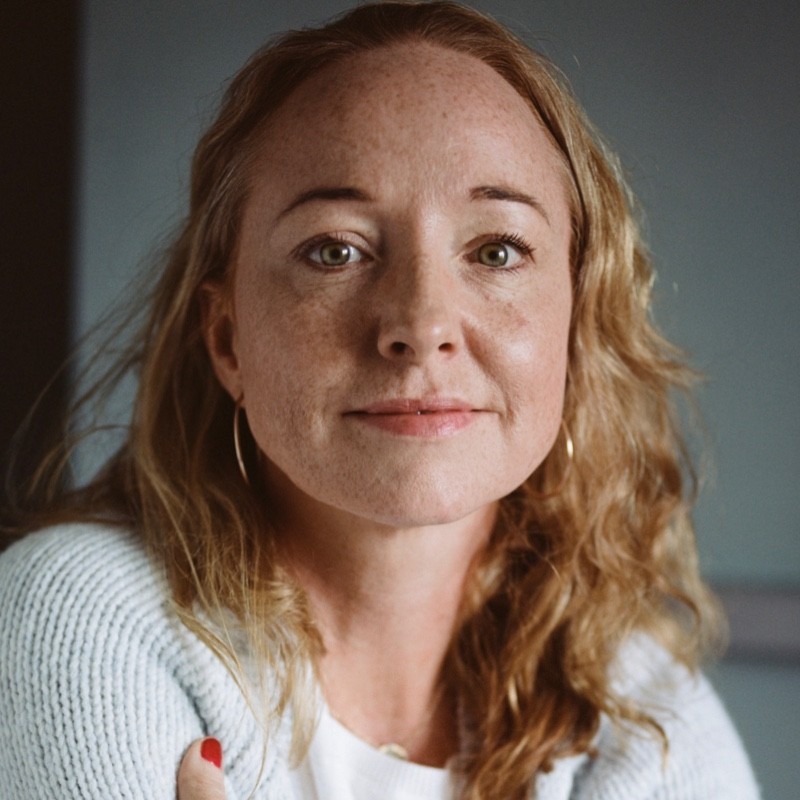How to spot the next big thing in art
If you've ever considered investing in art, now's a great time to start. New Blood Art's Sarah Ryan explains what you need to know.


Considering investing in art, but not sure where to start? The art degree shows will be starting across the UK shortly, and they are a great place to discover affordable and investable art. These shows are a distillation of the graduating artists' work. It's their opportunity to display carefully selected pieces completed in their final year of study. The work on show is listed for sale so you can pick up a high-quality, modestly sized canvas by an emerging artist for around £500-£1,000.
These artists are at the start of their careers, so the one thing you can be fairly confident of is that prices will never be lower. If luck is on your side, you could invest in a young artist who goes on to enjoy a successful career and sees the value of their work increase significantly.
Obviously, only a small percentage of these students will go on to become established artists I'd guess that around 5% will go on to make a living from their work (and therefore see the price of their pieces rise). That said, if you do get it right at this stage you could see stratospheric gains in a relatively short time. For example, Peter Doig graduated from his MA at Chelsea School of Art in 1990. In 2007 he sold his painting White Canoe at Sotheby's for $11.3m. Of course, it's rare to luck out in this way and acquire a piece by the next Doig.
MoneyWeek
Subscribe to MoneyWeek today and get your first six magazine issues absolutely FREE

Sign up to Money Morning
Don't miss the latest investment and personal finances news, market analysis, plus money-saving tips with our free twice-daily newsletter
Don't miss the latest investment and personal finances news, market analysis, plus money-saving tips with our free twice-daily newsletter
However, it's not quite so unusual to discover that you've acquired work by an artist who continues to make and sell art and sees steady and, in some cases, significant increases over time. We have many such examples at New Blood Art. Peter Monkman saw increases of more than 200% in four years; Rebecca Fontaine-Wolf around 350% over the same period; Bartosz Beda 500% in three years; David Wightman 500% in five years and Iain Andrews, Orlanda Broom and Enzo Marra saw increases of more than 1,000% in around five years.
For example, you could have bought a large-scale canvas by Broom at her BA show in 1995 for £500 (pictured above) which would now cost you close to £15,000. As for the majority of artists on display at the shows those who won't go on to make and sell art the downside is minimal. At worst, you've bought a reasonably priced original painting by an artist you won't hear of again. You still get to enjoy the piece knowing that you have spent significantly less than on a comparable piece at a gallery or fair.
Indeed, my company, New Blood Art, is founded on this activity attending the shows, discovering artists right at the start of their careers, and offering buyers the chance to buy carefully selected, affordable art. We also provide emerging artists with their first introduction to the marketplace, helping some of them to go on to become professional artists.
So, what should you look for and buy at the degree shows? What distinguisheshigh-quality art with real potential for increasing in value? I think it boils down to luck (being spotted by a notable collector or gallery), evidence of dedication and innate talent in that order of priority.
Once I've decided that I like an artist's work, the key thing is to gauge their level of commitment do they have the staying power? Some artists simply must make art, it's in the fabric of their being. Others may put down their brushes if evidence of external endorsement and sales is not forthcoming. We identify the artists who feel compelled to make art. These are the ones who will navigate the rocky road to establishing a career as a professional, which is full of rejection, setbacks and hardship.
If you're new to visiting and buying at the degree shows and not sure of where to start, then I recommend investing in those artists who have been filtered and endorsed by their art college or other respected art body. If their work has been acquired by the university for its collection, or awarded a prize, then it will usually say so underneath their work these are good indicators of an artist considered to be notable and collectable by the experts.
A variety of endorsements exist. In Scotland, for example, this could be the Royal Scottish Academy (RSA) issuing an invitation to exhibit in its annual showcase of emerging talent. In any case, being acquired by the college or awarded a prize means that over the duration of the degree an artist has been identified as having future potential.
Sarah Ryan is the founder and director of New Blood Art.
An art show near you
see the blog a for a full list
Aberystwyth University 16-26 May
Camberwell College of Arts, London 18-25 June
University of Leeds 16-24 June
Glasgow School of Art 18-25 June
Get the latest financial news, insights and expert analysis from our award-winning MoneyWeek team, to help you understand what really matters when it comes to your finances.
Sarah Ryan writes about alternative investments for MoneyWeek. She is the founder and director of New Blood Art, an innovative online gallery for exceptional early-career artists, which helps to make collecting original fine art accessible to more people.
Many of the artists Sarah has featured have gone on to perform exceptionally well commercially, earning her a reputation among fans of alternative investments.
Sarah has a degree in fine art from London Metropolitan University and a PGCE in art education from Cambridge University and previously worked as a teacher.
Sarah also holds a diploma in integrative counselling & psychotherapy from the University of Roehampton, and is a practising psychotherapist.
-
 PayPoint: A promising stock for income-seekers
PayPoint: A promising stock for income-seekersPayPoint, a household name across Britain, is moving away from its traditional roots toward a digital future. Investors after a steady income should buy in
-
 Invest in forestry: a tax-efficient way to grow your wealth
Invest in forestry: a tax-efficient way to grow your wealthRecord sums are pouring into forestry funds. It makes sense to join the rush, says David Prosser
